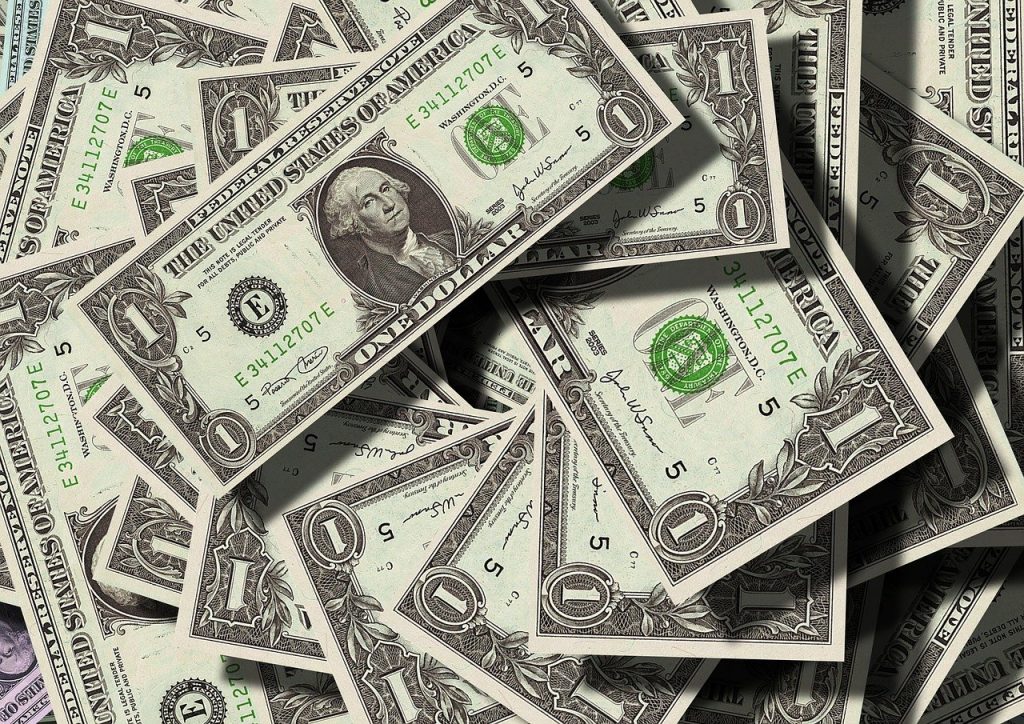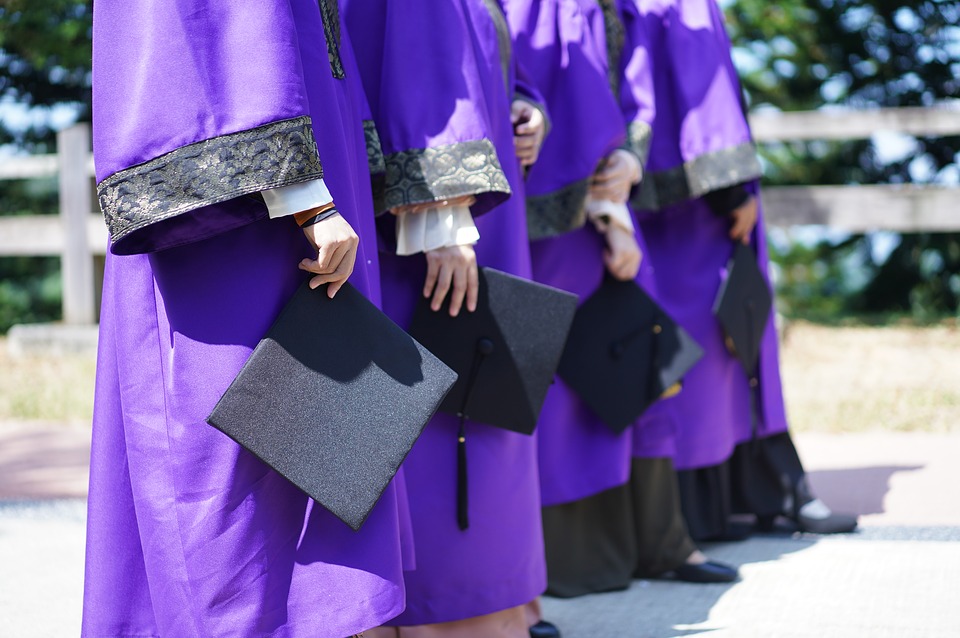Interest Rates On Student Loans Set To Skyrocket
New college students are likely to see a sharp rise in interest rates for the coming school year amid steep inflation rises.

As student loan debt payment and interest have been paused for over 2 years while inflation continues to increase, new college students are likely to see a sharp rise in interest rates for the coming school year. Student loans are assigned under fixed rate programs to offer a set interest rate that cannot balloon too high and cause the market to crash — as was seen during the housing market crisis in 2008. Despite the benefits of this safeguard, that places more burden on incoming students who are seeking new loans in a damaged economy.
Interest rates on federal student loans are updated annually in May. They are implemented in June and set for the next school year. In 2020, student loan interest rates were relatively low in comparison to that of other standard loans. They were set at 2.75%. In July of 2021, they increased to 3.73%.

Now that the cost of everything is increasing due to an ongoing rise in inflation, the high school graduating class of 2022 may be facing further student loan interest rate hikes. An expert on higher education finance, Robert Kelchen, from the University of Tennessee, Knoxville, said, “We’re going to get bad news.” He noted that interest rates changed based on the 10-year United States Treasury yield in addition to a premium added to cover government costs as well.
What does this mean for first-time college students looking to further their education this coming fall? Upon examining the current 10-year Treasury rate, student loan interest rates are likely to jump to 5.1%. This would add hundreds to thousands of dollars in charges for new incoming college students.
This is in addition to larger up front loan fees that will be expected upon signing, as well as rising tuition costs altogether. Colleges across the nation are scrambling to make ends meet as they continue to suffer from enrollment drops in an uncertain economy. The Biden Administration hinted at canceling up to $10 thousand in student loans last week, but that would cost taxpayers around $321 billion. Many working professionals who worked to pay their student loans off oppose this idea, which students facing higher student loan interest rates, associated fees, and college tuition fear they will make them unable to afford a higher education.

Higher tuition rates are already set to burden young adults with more debt. Taking on higher interest rate loans will only add to that financial responsibility. The need to receive a college education is continuously coming into question as the costs may outweigh the benefits. The U.S. labor crisis alone is pulling interest from academia in favor of more immediate successes wrought from on-the-job training.
Everyone is seeking solutions to prevent a full academic crisis. If students continue to forego college in favor of trade professions, hands-on training programs, and new opportunities being advanced to combat the current labor shortage, student loan interest rates won’t be a concern. But then again, universities may not be able to survive. Whether interest rates will reach over 5% or even higher is still being speculated, but one fact remains clear, student loans are yet just another area of concern being highly impacted by a damaged economy.



